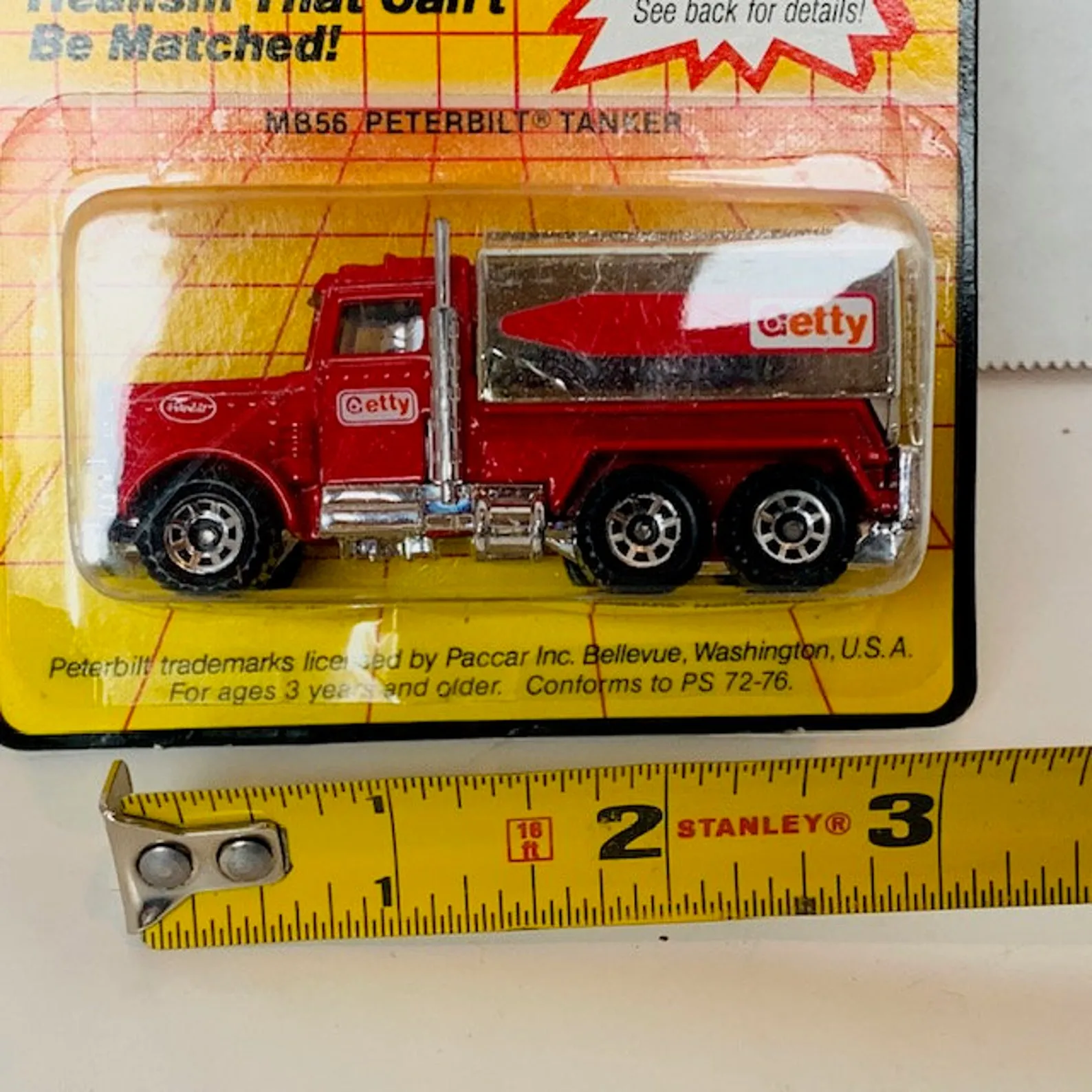Top 5 Diecast Toy Car Collecting Tips
Diecast toy car collecting is a captivating hobby that combines the thrill of the chase with the joy of owning miniature automotive masterpieces. Whether you’re a seasoned collector or a newcomer to this fascinating world, there’s always more to learn and discover. This article provides five essential tips to help you navigate the world of diecast toy cars, enhance your collecting experience, and build a valuable and cherished collection. From understanding scales and types to preserving your prized possessions and connecting with fellow enthusiasts, these tips will set you on the right track to becoming a successful diecast toy car collector. Get ready to embark on an exciting journey filled with passion, knowledge, and the enduring allure of these miniature vehicles.
Research and Learn About Diecast Cars
Before you start spending money, dedicate time to understanding the world of diecast cars. This involves learning about different manufacturers, scales, materials, and production processes. Explore online resources, collector forums, and books to gain insights into the history, value, and rarity of various models. Familiarize yourself with the terminology used in the diecast world, such as ‘mint in box’ (MIB) or ’near mint’ (NM) conditions, and the significance of original packaging. Understanding these aspects will help you make informed decisions, identify valuable pieces, and avoid common pitfalls. The more you learn, the better equipped you’ll be to appreciate the nuances of diecast collecting and build a collection that reflects your passion and knowledge. Knowledge is power when it comes to diecast toy car collecting, so start with the basics and build from there.
Understand Scales and Types of Diecast Cars
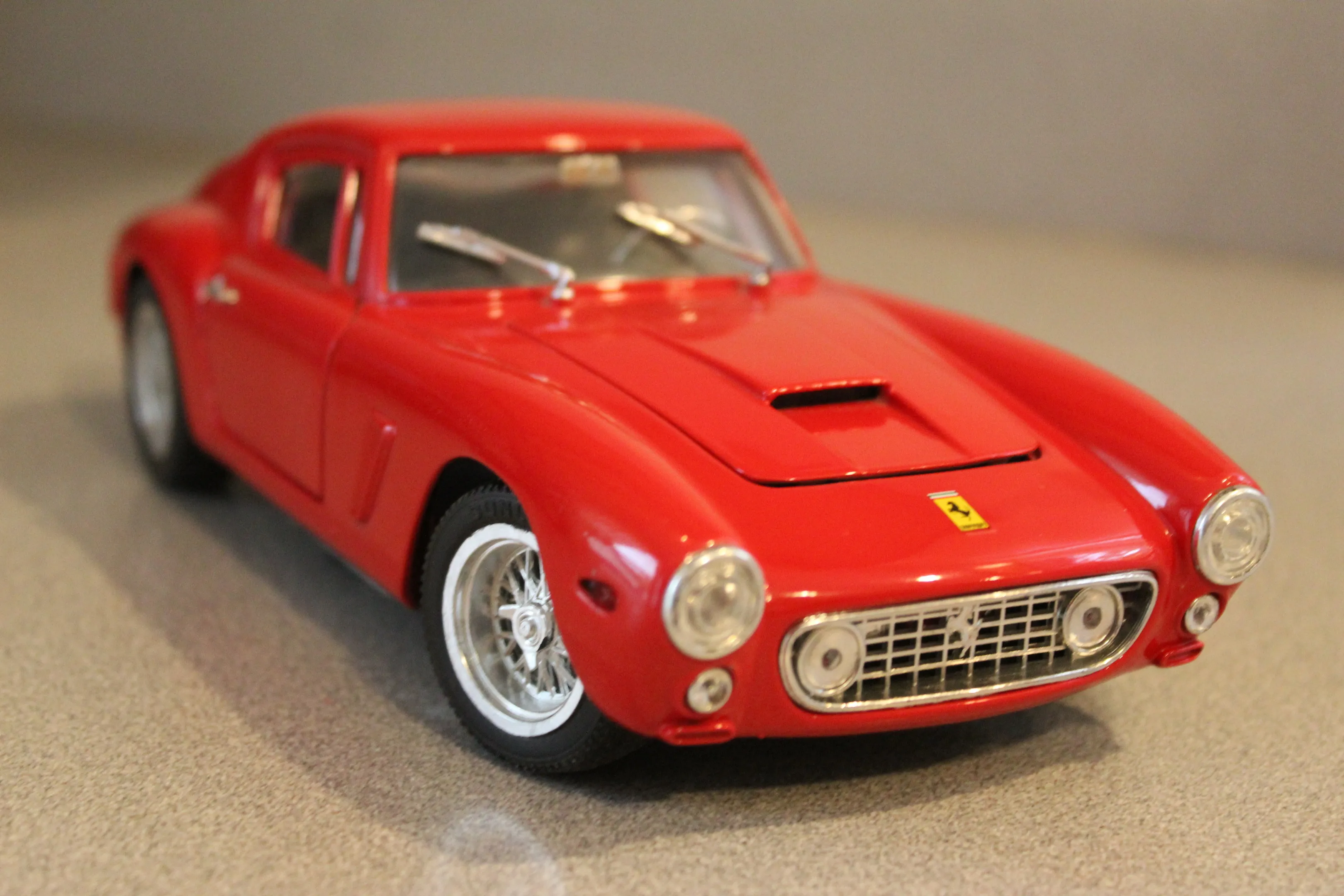
Diecast cars come in various scales, with the most popular being 1:18, 1:24, 1:43, and 1:64. Each scale offers a different level of detail and size, affecting the price, storage space, and display options. Larger scales, such as 1:18, often provide intricate detailing and features, making them highly sought after by serious collectors. Smaller scales, like 1:64, are more affordable and easier to store, making them ideal for beginners or those with limited space. Also, diecast cars vary in their manufacturing. Some are made from diecast metal, others from plastic or a combination of materials. The type of material used often influences the durability, appearance, and value of the car. Understanding these scales and types allows you to select models that align with your preferences, budget, and collecting goals. For example, if you have limited space, you might choose a 1:64 scale, as shown in the image diecast-car-scales.webp, to maximize the number of cars in your collection.
Choose a Niche for Your Collection
Specializing your collection can be incredibly rewarding. Instead of trying to collect everything, focus on a specific area, such as classic cars, race cars, specific car brands like Porsche or Ferrari, or even a certain era. Specializing can help you to refine your focus, making it easier to find and acquire models that genuinely interest you. This approach allows you to build a collection with a clear theme and identity, increasing its value and appeal over time. This focused approach also helps you to become an expert in a specific niche, giving you a deeper understanding of your chosen area. Furthermore, a well-defined niche helps to control costs and prevents you from feeling overwhelmed by the vast array of available models. Consider the image diecast-car-brands.webp that showcases the different models to choose from. Whether it’s vintage vehicles or modern supercars, establishing a niche is a smart move for any serious diecast car collector.
Consider Different Brands and Models
The diecast market boasts a wide array of brands and models, each with unique features, detailing, and collector appeal. Research the various brands available, such as Hot Wheels, Matchbox, AUTOart, or Minichamps, to find those that resonate with your collecting interests. Some brands are known for their high-quality detailing, while others focus on affordability. When selecting models, consider their historical significance, rarity, and condition. Limited-edition releases and cars with unique paint schemes or features can be particularly valuable. Pay attention to details like the accuracy of the model, the materials used, and the quality of the finish. The more you explore the diverse world of diecast brands and models, the more you will understand what you like and will be more successful in your collecting journey. As shown in the image diecast-car-brands.webp, different brands cater to different preferences.
Set a Budget and Stick to It
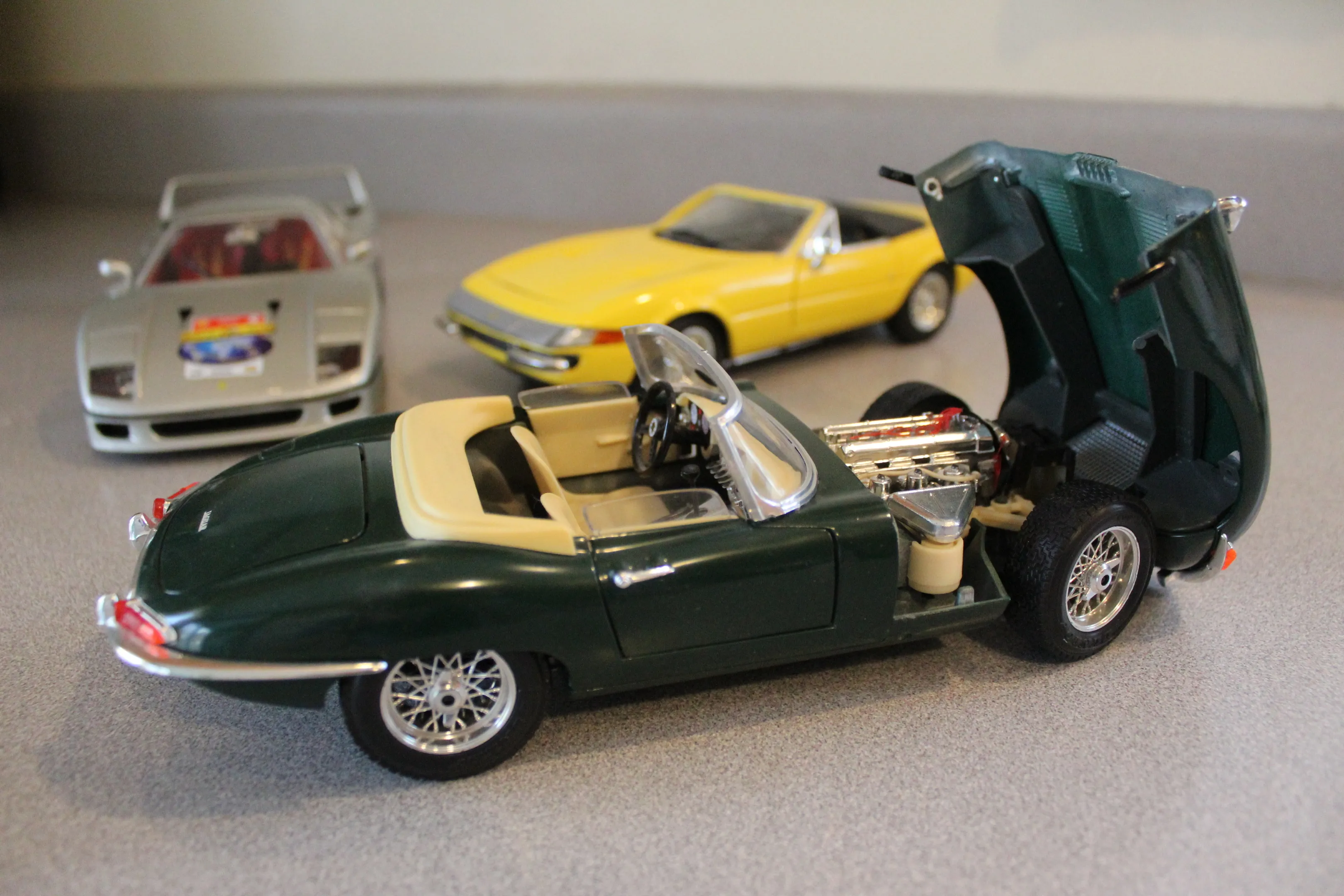
Collecting diecast cars can quickly become an expensive hobby if you’re not careful. Set a budget before you start collecting, and be realistic about how much you can afford to spend. Determine a monthly or annual budget that aligns with your financial situation, and track your spending to ensure you stay within those limits. There will always be rare or exclusive models that tempt you, but sticking to your budget is crucial for maintaining financial stability. Consider the price of each item carefully, and don’t be afraid to walk away from a purchase if it exceeds your budget. Building a collection takes time, and there is no need to rush. Remember, it’s better to build a collection gradually and sustainably rather than overspending and regretting it later. By setting and adhering to a budget, you’ll enjoy the hobby more and prevent financial stress.
Financial Planning for Your Diecast Car Collection
Financial planning plays a key role in managing your diecast car collection effectively. Beyond setting a budget, consider how you will fund your purchases. Decide whether you’ll use disposable income, save regularly, or sell older models to fund new acquisitions. Create a spreadsheet to track your spending, including the cost of each model, shipping fees, and any associated expenses. This helps you monitor your spending habits and adjust your budget as needed. If you view your collection as an investment, research the potential for appreciation of certain models. Some diecast cars increase in value over time, particularly limited editions or rare releases. This is where your research comes into play. Keep records of the purchase price, current value, and any upgrades or repairs made to your models. As the image diecast-car-market.webp shows, there is an active market for diecast cars.
Preserve Your Collection
Preserving your diecast car collection is essential to maintain its value and ensure your models’ longevity. Proper storage and display are critical to protect your cars from dust, sunlight, and physical damage. Invest in display cases or shelving units to showcase your collection while keeping it safe. If you choose to store your cars in their original packaging (MIB), store them in a cool, dry place away from direct sunlight and extreme temperatures. This helps to prevent fading, warping, and other forms of deterioration. Handle your cars carefully, especially those with delicate parts, and avoid touching the paint surfaces unnecessarily. Regularly dust your models and display cases to prevent the buildup of grime. By taking these measures, you’ll keep your collection in excellent condition for years. Also, take care of your models and their storage, shown in image diecast-car-storage.webp.
Proper Storage and Display
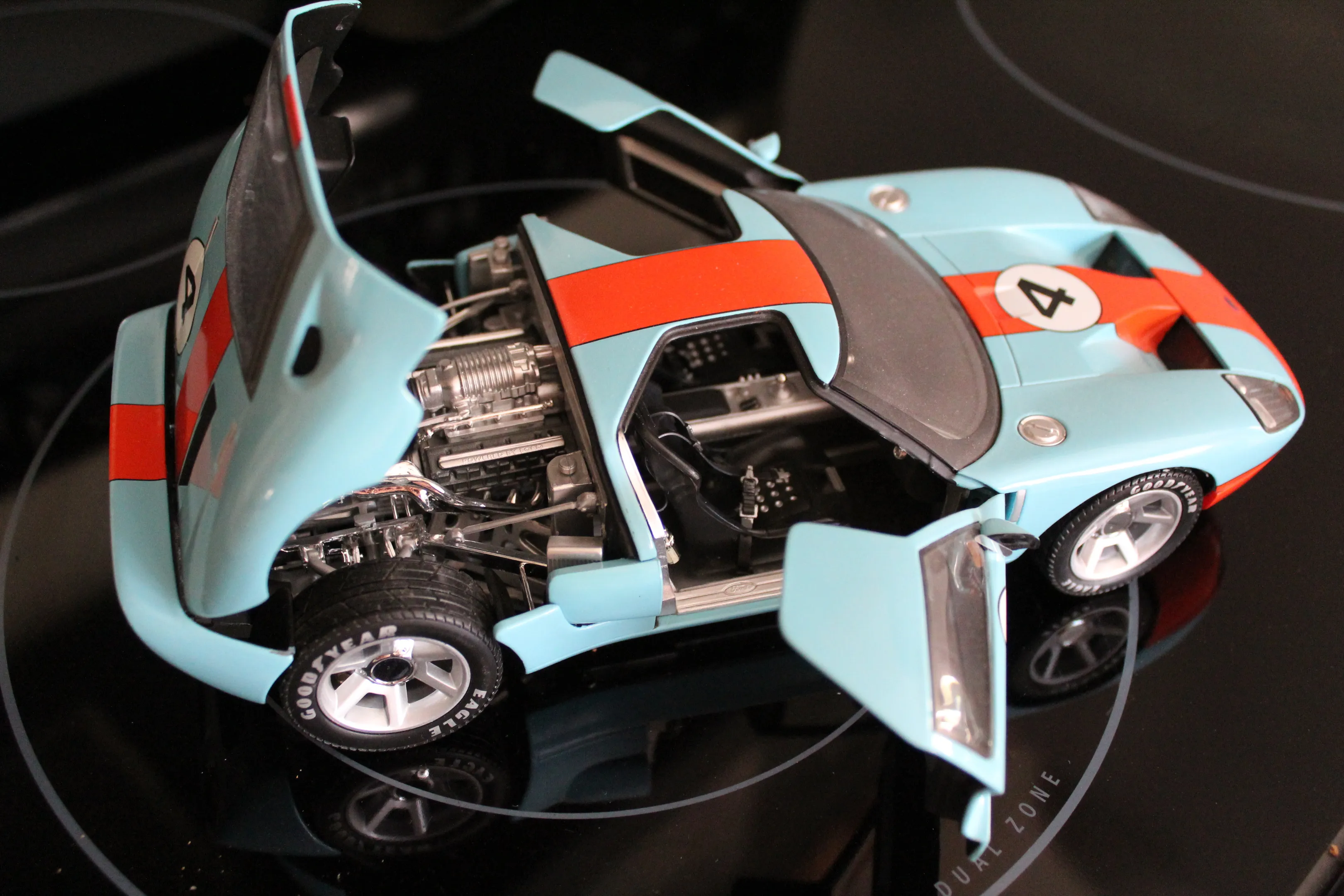
The way you store and display your diecast cars significantly impacts their condition and presentation. Display cases with glass or acrylic covers are ideal for showcasing your collection while protecting it from dust and damage. Shelving units can also work, but ensure the shelves are stable and that the cars are positioned to avoid accidental falls. When storing your cars, consider their individual needs. Some collectors prefer to keep their cars in their original packaging, which helps to preserve their value. Others prefer to remove the cars from their packaging to fully appreciate their details. Ensure the storage area is temperature-controlled, as extreme heat or cold can damage the models. Direct sunlight can cause the paint to fade, so avoid placing your collection near windows. Whether you choose to display them or store them, the key is to do it in a way that protects them from the elements and enhances their visual appeal.
Protective Measures Against Damage
Accidents can happen, so take proactive steps to protect your collection from potential damage. Keep your cars away from children and pets to prevent accidental knocks or scratches. Consider using soft cloths or gloves when handling your cars to avoid leaving fingerprints or smudges. Regularly inspect your models for any signs of damage, such as loose parts or paint chips. Address these issues promptly to prevent them from worsening. If you’re moving your collection, pack the cars carefully, using bubble wrap or other protective materials. Also, consider insuring your collection, especially if it’s of significant value. This provides financial protection against unforeseen events like theft or damage. Taking these preventative measures ensures your collection will stay in top condition. The correct protective measures can be observed in image diecast-car-display.webp.
Join a Collectors’ Community
Engaging with other collectors is one of the most rewarding aspects of the diecast car hobby. Connect with other enthusiasts through online forums, social media groups, local collector clubs, or diecast shows. These communities provide a wealth of knowledge, support, and opportunities to share your passion. You can exchange ideas, ask questions, trade or sell models, and learn from others’ experiences. Attending diecast shows and events allows you to see other collections, discover new models, and meet the people behind the hobby. The image diecast-car-community.webp depicts people gathered around the collection. Participating in these communities can enhance your collecting experience, expand your knowledge, and foster lasting friendships. Sharing your enthusiasm for diecast cars with others adds a social dimension to your hobby and can bring a great deal of enjoyment.
Connect With Other Collectors
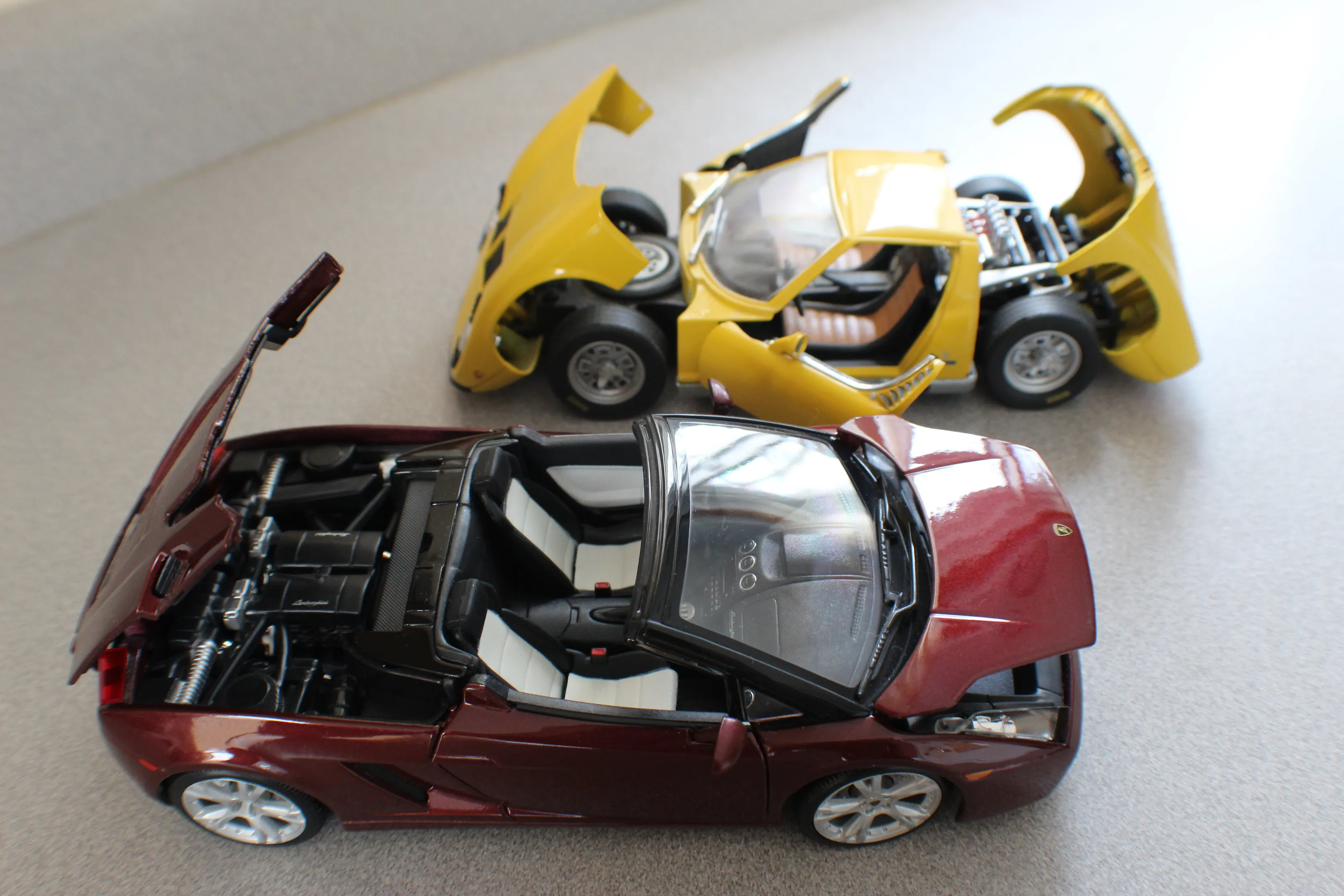
Building relationships with other collectors opens up numerous opportunities. Joining online forums and social media groups is a great way to start. These platforms offer a space to discuss your interests, share photos of your collection, and learn from others’ experiences. Participating in discussions, asking questions, and offering your own insights can help you to build a strong reputation in the community. Consider attending local diecast shows and events. These events allow you to meet collectors in person, exchange models, and learn about the latest releases. Building relationships with fellow collectors can provide access to hard-to-find models, valuable information, and even the opportunity to collaborate on projects. Networking with other enthusiasts can transform a solitary hobby into a vibrant, social activity, enhancing your enjoyment and knowledge.
Benefits of Collector Groups
Joining a collector’s group provides several advantages for enthusiasts. Groups often organize events, such as meetups, swap meets, and shows, giving you more opportunities to connect with fellow collectors. These events offer a chance to see rare models, exchange information, and build relationships. Collector groups are also an excellent source of knowledge and expertise. Members can share their knowledge, offer advice on purchasing and selling models, and help you to identify valuable pieces. Many groups have established guidelines and codes of conduct to ensure fair practices and protect members from scams. This provides a safe and trustworthy environment for trading and selling. Collector groups can provide a strong sense of community and belonging, making the diecast car hobby more enjoyable and rewarding. As the image diecast-car-community.webp shows, shared passion and camaraderie can be a major benefit.
